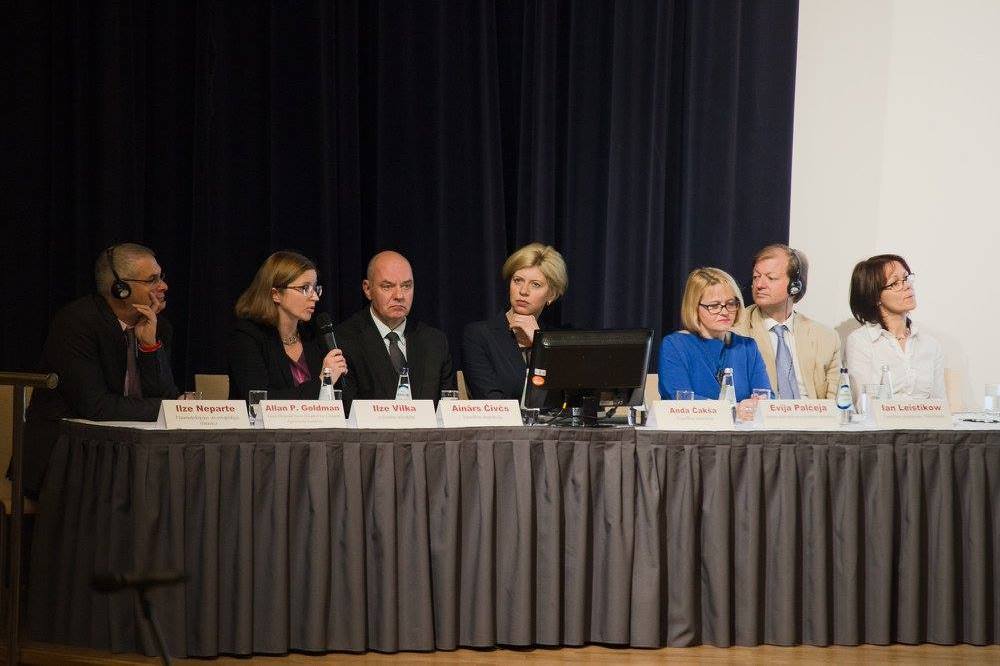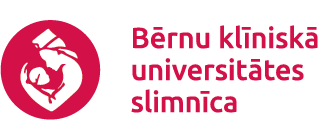Patient Safety Conference

On 14 October the conference Patient Safety in Clinical Practice - Reality and Challenges in the 21st Century for the first time was held in Latvia.
On 14 October the conference Patient Safety in Clinical Practice - Reality and Challenges in the 21st Century for the first time was held in Latvia, attended by more than 500 health and related sector specialists, to speak openly on the patient safety situation in Latvia and to learn about the experience of international representatives in the advancement of patient safety system.
International guidelines have been drawn up and a number of projects implemented towards enhancing patient safety, serving as a basis for patient safety and vigilance systems in the hospitals of many countries. Also in Latvia, the Children's Clinical University Hospital (CCUH) has patient safety as a priority since 2013, and extensive work has started to enhance the system.
The European Union Patient Forum reports that on average 10% of patients in Europe have suffered while receiving medical treatment and care services. "If we apply this ratio to the number of patients in the Children's Hospital, the hospital management should receive at least 1680 reports per year on breaches of patient safety. Now there are no more than 250," Evija Palčeja, Manager of the Patient Safety System at the CCUH says, explaining that the reporting culture is slow to build, and the constraint is the finding of personal faults, instead of inspecting the system where the incident happened.
The conference guest Allan P. Goldman from Great Ormond Street Hospital in London shared the experience how mistakes are getting evaluated in the most experienced children's hospital in London: they even look for similarities in processes outside the medical sector, e.g. in the Formula 1 organisational proceedings and the management of the busiest airports, where team work in a heightened stress situation has the crucial role, along with skills and precisely defined responsibilities.
Ian Leistikow from the Netherlands Health Inspectorate shared his experience and admitted there are two types of medical staff – one who have already made mistakes, and the other who are still going to make them. The most important thing is to identify the reasons and prevent them in order to eliminate the occurrence of similar mistakes in the future. To see, to report and to prevent – this is the sequence how to act in the case of a mistake. Therefore in the Netherlands, similar to other developed economies in the world, the reporting of risks and mistakes is safe, and there are no disapproving actions taken against the reporting person. About 200,000 patient safety incidents are reported to the Netherlands Health Inspectorate each year.
The conference in Riga was supported by the Riga Stradiņš' University and the Children's Hospital Foundation


